Serving Statesville and the surrounding areas since 1998
Call Now to Schedule an Appointment
It’s Our Business to Make You Smile
Understand Oral Health Below the Gumline
If you have a beautiful smile, you may assume your oral health is perfect. However, some tooth complications arise under the gumline, making them harder to notice until it's too late. If you would like to know more, keep reading to learn about your overall oral health.
Root Carries
Root carries are cavities on the tooth's root, and they can happen to anyone but are commonly associated with aging because as you get older, the risk of gum recession increases. However, other risk factors for gum recession and root carries include poor oral hygiene, aggressive brushing, diabetes, crooked teeth, tobacco use, trauma to the tooth, and certain medications.
Depending on the situation, you may not be able to see the cavity on the tooth, so look for other symptoms, including pain in the affected area, swelling, and an infection around the tooth. Treatment for the cavity is as simple as any cavity, but treating the underlying cause may not be so easy. For example, if periodontal disease is causing root carries, you may need to undergo periodontal therapy and grafts to reprotect the exposed roots.
Root Cracks
A tooth can develop a crack at any spot, but root cracks are particularly dangerous because they give bacteria an easy entry to the tooth's pulp. When this happens, a tooth abscess can develop, and the only ways to treat a tooth abscess is with root canal treatment or extraction. Causes of root cracks include age, teeth grinding, big fillings, chewing hard foods, trauma to the mouth, and sudden changes in the temperature of the mouth.
If the dentist discovers root cracks on the tooth, treatment depends on the severity of the damage. If the crack is too big, the tooth may need to be removed. But for smaller cracks, the tooth can often be saved. However, you will need root canal treatment, and a crown to better protect the tooth. Plus, while the success rate of root canal treatment is high, there is always a chance it could fail or the infection could return.
Pockets
Pockets are a direct cause of gum recession. Pockets happen when irritation to the gums causes the gums to slightly pull away from the teeth. At first, the gap may be unnoticeable, but if left untreated, plaque gets trapped inside.
As long as you continue brushing your teeth properly, this isn't an issue. But cleaning pockets, especially deep pockets, is hard. As a result, the plaque quickly hardens into tartar, which further irritates gums. This may cause them to pull away even more to make bigger pockets that trap more plaque.
If you notice gum pockets, you'll need to work with your dentist to create a treatment plan. Your dentist will clean and smooth the tooth inside the pocket. If done early enough, the gum may heal and return to its natural position. In severe cases, however, you may need surgery to reposition the gums or add new gum tissue.
Jawbone
Oral health doesn't just consist of your teeth and gums; your jawbone plays an important role too. Your jawbone is the main support structure for your teeth, and they have a symbiotic relationship. When your teeth are strong and healthy, your jawbone stays healthy. But when you lose teeth, your jawbone shrinks. Similarly, if your jawbone starts to shrink, it becomes too weak to support teeth.
A smaller jaw leads to many complications. For example, the more your jaw shrinks, the more the shape of your face changes, and the risk of a collapsed facial profile increase. If the jaw is unable to sit properly because of atrophy, it may lead to facial pain, TMJ pain, and headaches.
Many people often overlook oral health, especially as people age. However, poor oral hygiene and bad habits can lead to complications above and below the gumline. If you would like to learn more, contact us at Joseph M. Perry, D.D.S., P.A.
Phone: 704-873-6451 | Email: info@drjosephperry.com | Address: 1116 Davie Ave. Statesville, NC 28677
Joseph M. Perry D.D.S. P.A. | Licensed | Insured | In Business Since 1998
Business Hours
- Mon - Thu
- -
- Fri - Sun
- Closed
Closed for Lunch From: 1:15 AM - 2:15 PM




Testimonials

Slide title
Write your caption hereButton
Slide title
Write your caption hereButton
Slide title
Write your caption hereButton

Slide title
Write your caption hereButton
Slide title
Write your caption hereButton
Slide title
Write your caption hereButton

